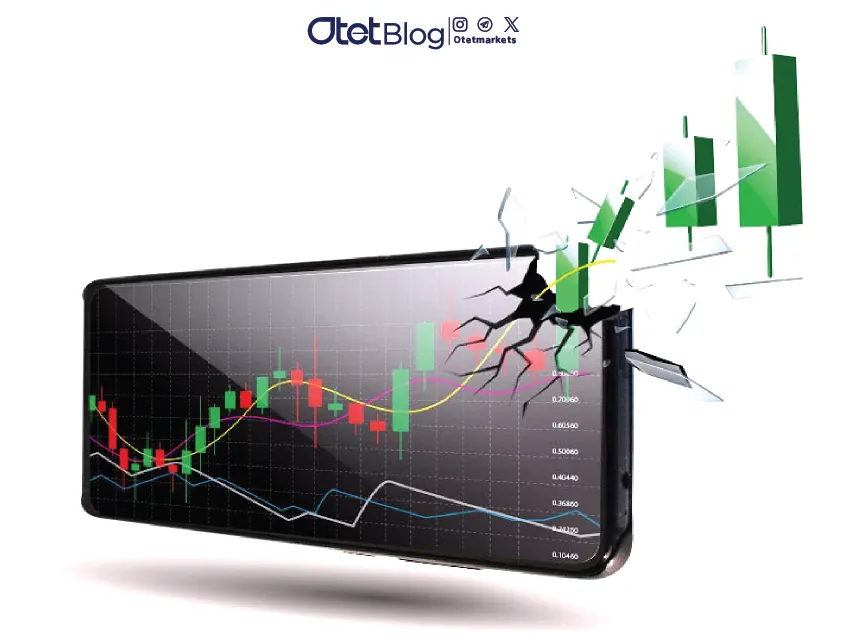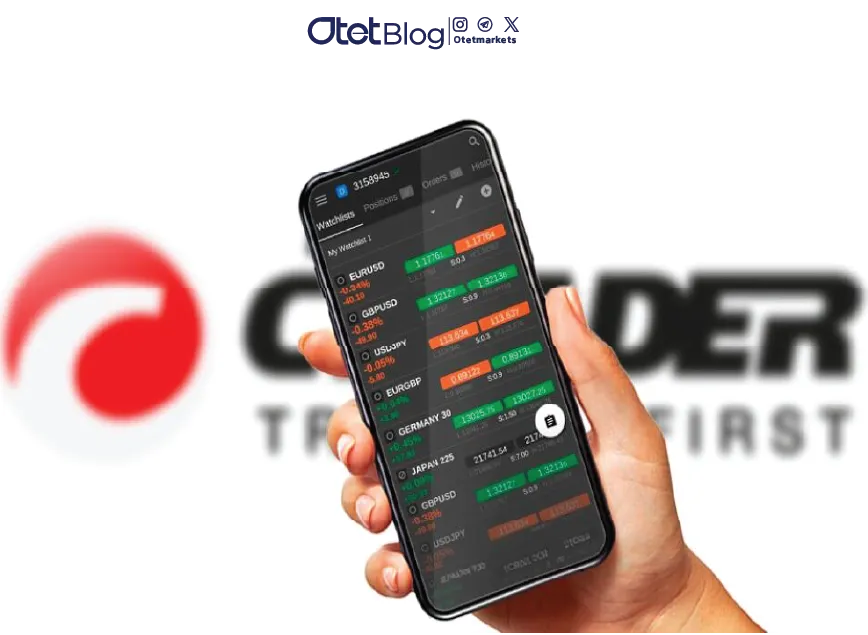
The Power of Moving Averages in Technical Analysis
Estimated reading time: 4 minutes
Table of contents
Moving averages (MAs) are among the most widely used tools in technical analysis, helping traders identify trends, smooth price fluctuations, and determine strategic entry and exit points. Whether you’re trading stocks, forex, or cryptocurrencies, understanding how to use moving averages effectively can significantly enhance your trading decisions.
In this guide, we’ll explore the different types of moving averages, their advantages and limitations, and how to incorporate them into a winning trading strategy.
What is a Moving Average?
A moving average is a technical indicator that calculates the average price of an asset over a specific period, updating continuously as new price data comes in. By smoothing out short-term fluctuations, moving averages provide a clearer view of market trends.
Traders use MAs to determine whether a market is in an uptrend, downtrend, or ranging phase, making it easier to make informed trading decisions.
The Evolution of Moving Averages
Moving averages have been a core component of technical analysis for decades. Over time, analysts and traders have developed different types of MAs to improve accuracy and responsiveness. Today, modern variations such as Exponential Averages (EMAs) and Weighted Moving Averages (WMAs) offer faster trend detection, giving traders a competitive edge.
Types of Moving Averages and How They Work
Simple Moving Average (SMA)
The Simple SMA is calculated by taking the sum of closing prices over a defined period and dividing it by the number of periods.
For example, a 10-day SMA sums the last 10 closing prices and divides by 10, providing an average price over that timeframe.
Best for: Long-term trend analysis
Limitation: Reacts slowly to price changes since all data points are equally weighted
Exponential Moving Average (EMA)
The Exponential Moving Average (EMA) gives more weight to recent prices, making it more responsive to the latest market movements. Traders often use the EMA to spot trend changes earlier than with the SMA.
Best for: Short-term traders seeking quick signals
Limitation: More sensitive to price fluctuations, which can lead to false signals
Weighted Moving Average (WMA)
The Weighted Moving Average (WMA) also prioritizes recent prices but assigns weights in a linear fashion rather than an exponential one. This method is useful when traders want to emphasize recent price action while still considering historical data.
Best for: Markets where recent price action is more relevant
Limitation: Still susceptible to market noise and false breakouts
Read More: Exploring Metal Trading in Forex
How to Use Moving Averages in Trading
Best Time to Use
Moving averages work best in trending markets, where prices are steadily rising or falling. They are particularly effective for liquid and high-volume assets like:
- Forex pairs (EUR/USD, GBP/USD, USD/JPY)
- Major stocks and indices
- Cryptocurrencies (Bitcoin, Ethereum)
For maximum accuracy, traders often combine short-term and long-term moving averages during high-liquidity trading sessions, such as London and New York market hours.
Moving Average Crossovers: A Powerful Signal
One of the most effective ways to use moving averages is through crossovers. When a short-term crosses above a long-term, it signals potential bullish momentum. Conversely, when the short-term MA drops below the long-term MA, it may indicate a bearish trend.
Example Strategy:
Golden Cross – When the 50-day SMA crosses above the 200-day SMA, signaling a strong uptrend.
Death Cross – When the 50-day SMA crosses below the 200-day SMA, signaling potential downward momentum.
Pros and Cons of Moving Averages
Advantages
- Easy to Use: Suitable for both beginners and experienced traders.
- Trend Identification: Helps traders recognize bullish and bearish trends.
- Reduces Market Noise: Smooths out price fluctuations, making it easier to interpret trends.
Limitations
- Lagging Indicator: Since MAs rely on historical data, they can be slow to react to sudden price changes.
- Less Effective in Sideways Markets: Moving averages may generate false signals when the market lacks a clear trend.
How to Maximize the Effectiveness of Moving Averages
For best results, moving averages should be combined with other indicators, such as:
Relative Strength Index (RSI): To confirm overbought/oversold conditions
Bollinger Bands: To analyze volatility and potential breakouts
Volume Indicators: To validate price movements and trends
By incorporating these tools, traders can filter out false signals and make more confident trading decisions.
Read More: Seven Essential ETF Trading Strategies for Beginners
Conclusion
Moving averages are a powerful yet simple tool for traders looking to identify trends, reduce price noise, and determine optimal entry and exit points. While they do have some limitations—such as delayed signals—they remain one of the most widely used indicators in technical analysis.
By combining MAs with other tools and using them in trending markets, traders can enhance their strategies and increase their chances of success. Whether you’re a beginner or a seasoned pro, mastering moving averages can take your trading game to the next level.
Share
Hot topics

Federal Reserve’s Challenges to Trump’s New Policies
As the Federal Reserve Open Market Committee (FOMC) prepares for its upcoming meeting, all eyes are on how the Fed will respond to Donald Trump’s latest economic policies. With the...
Read more




Submit comment
Your email address will not be published. Required fields are marked *